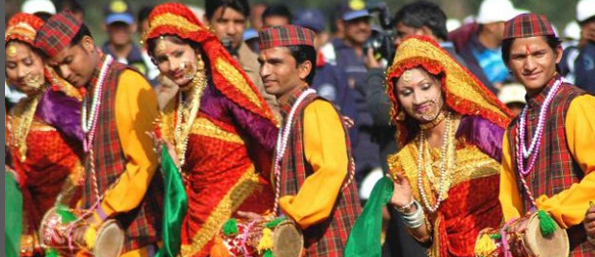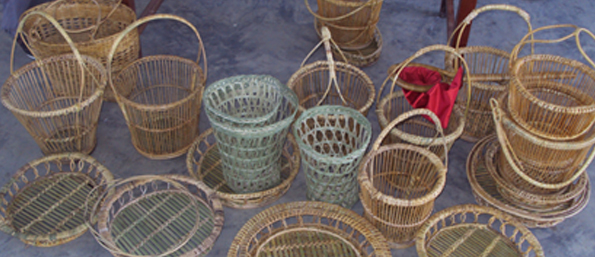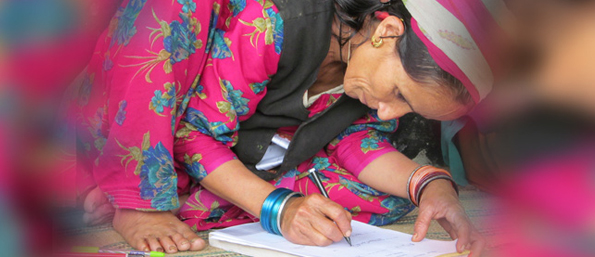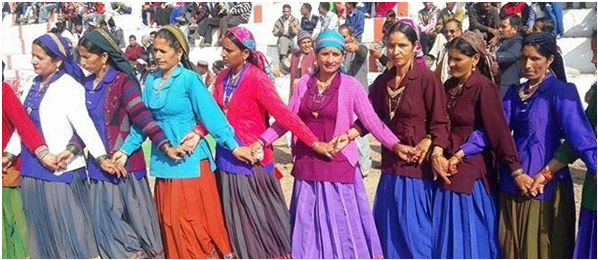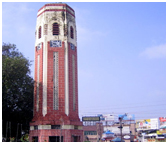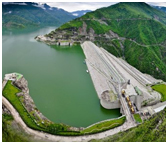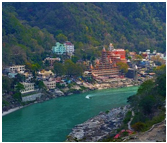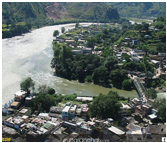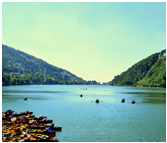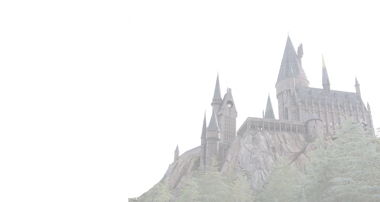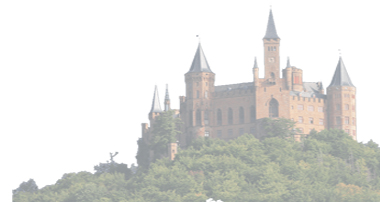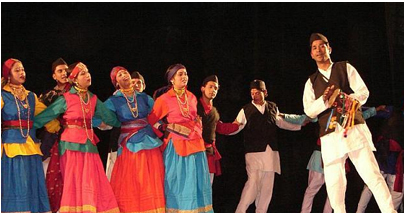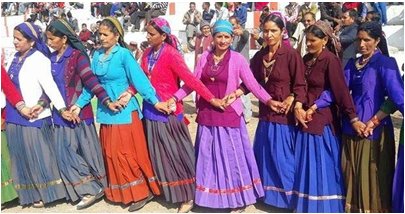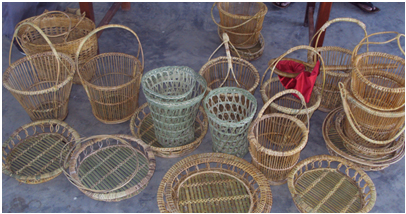The 27th state of Republic of India, Devbhoomi Uttarakhand that was formed in the year 2000 after being separated from the large state of Uttar Pradesh, is a destination to explore the riches of Indian culture, history, and natural beauty. The state that borders Tibet to the north; Nepal to the east; the state of Uttar Pradesh to the south; and Himachal Pradesh to the west and north-west, is divided into regions, Garhwal and Kumaon, which further break into 13 districts. Earlier, the state was named Uttaranchal by Bhartiya Janta Party (BJP) led central government and Uttar Pradesh State Government when they started a fresh round of state reorganisation in 1998. However, in 2006, Union Cabinet of India to the agreed to the demands of the Uttaranchal Legislative Assembly and leading members of the Uttarakhand Statehood Movement and renamed Uttaranchal as Uttarakhand. The state also finds its mention in history as a part of the Kuru and the Panchal kingdoms (mahajanpads) during the Vedic age. In Hindu mythology also, Uttarakhand has been recognized as a part of the famed Kedarkhand (Now Garhwal) and Manaskhand (Kumaon). It is also believed the famous sage Vyas composed the epic of Mahabharata in Uttarakhand. The signs of the practise of Shaivism in ancient times along with Buddhism and Folk Shamanic religion was also found in the state.
Famed for their simple lifestyle, honesty, and humility, the people of Uttarakhand reflect a sincere bond with nature and gods. Although, the state has a fair amount of cities that are plush with all state-of-the-art amenities and crowd from other parts of the country, however, this could not take the people of Uttarakhand away from their culture and traditional values. The culture of Uttarakhand still revolves around its traditional ethics, moral values, the simplicity of nature and a rich mythology.
People are divided into regions and are thus better recognized as Kumaoni (Inhabitants of Kumaon Region) and Garhwali (Inhabitants of Garhwal Region).
Apart from these two major inhabitants, Uttarakhand is also home to ethnic groups like Bhotias, Jaunsaries, Tharus, Bokshas, and Rajis. Although the major part of the region is seen speaking native languages like Kumaoni and Garhwali, Hindi, Urdu, and Punjabi are also widely spoken. Various tribal communities are both nomadic and those hailing from the Indo-Aryan descent are part of the ethnicity of Uttarakhand. Constituting of Proto-Australoid, Mongoloid, Nordic races and the Dravidians, the state is amongst one of the most historically affluent places in India. The ethnic groups like Jaunsari and Bhotias are further divided into small groups that corroborate the diverse population and culture in Uttarakhand.
The people of Uttarakhand indulge in vivid celebrations and performing of rituals around the year due to their deep-rooted collection with nature and the rich mythology. Like their simple lifestyle, the festivals and fairs in Uttarakhand are also simple yet culturally rich. Each season is welcome with hearty folk songs and dance and so are the agricultural periods. The ancestor spirit worship is exclusive to the state, Jaagar, as it is locally called, is held to wake the Gods and the local deities up from their inactive stage to solve their problems and shower on them many blessings. Dances like Barada Nati, Bhotiya Dance, Chancheri, Chhapeli, Choliya Dance, Jagars, Jhora, Langvir Dance, Langvir Nritya, Pandav Nritya, Ramola, Shotiya Tribal Folk Dances, Thali-Jadda, and Jhainta are performed on various occasions in Uttarakhand. The primary role of women is seen during the festivals as they are involved in preparing traditional dishes and singing folk songs. Dressed traditionally in Ghagra-Choli with a Rangwali (veil), these women look beautiful and their beauty is further enhanced by the big Nose Rings that are made of gold. Truly, every day in Uttarakhand is a day of the festival; the noble and humble people take immense delight in celebrating even a small success with a grateful heart.








